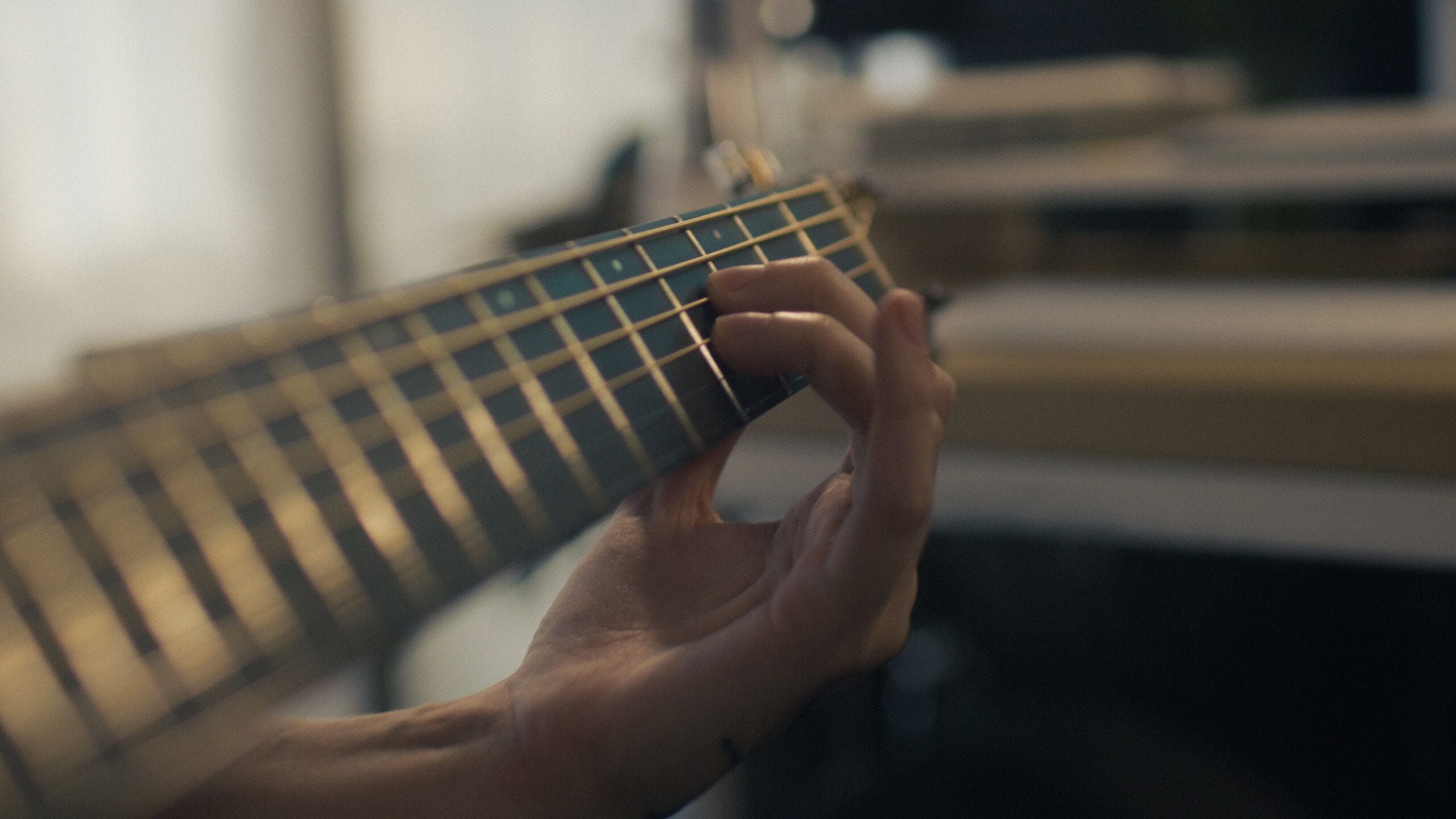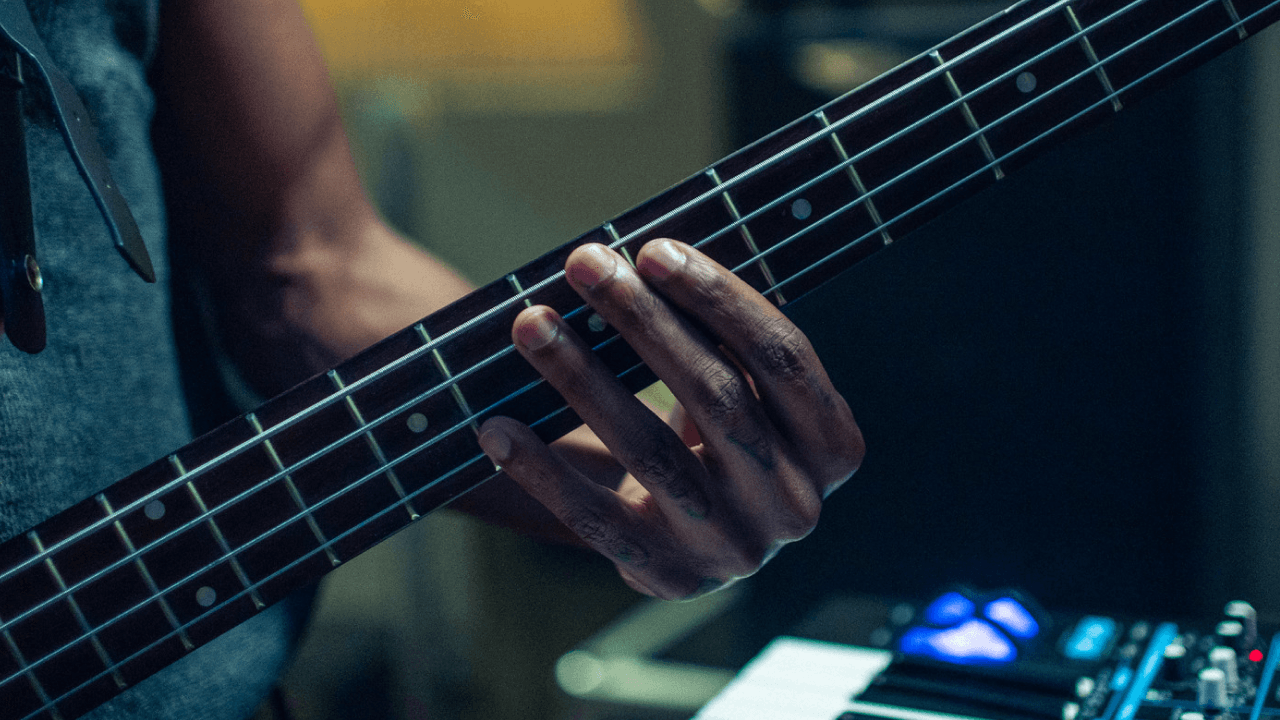Many terms in music are so ingrained in our understanding that we rarely stop to consider their full meaning. We recognize and appreciate the sounds we hear, but we seldom dissect the elements that make a song memorable. Among these fundamental components, melody stands out as one of the most influential, shaping the way we connect with music emotionally and intellectually.
While we might intuitively know a good melody when we hear one, understanding its nature and how it works can deepen our appreciation for music. Whether simple or complex, melodies are crafted with intention, using pitch, rhythm, and dynamics to convey a unique musical voice.
But what is melody, and why does it hold such a pivotal role in the music we love? In this article, we’ll explore what defines melody, uncovering its technical aspects, its role in different musical genres, and how it interacts with other elements like harmony and rhythm.
What is melody in music?
Melody is one of the most essential elements of music. It’s the series of notes that flow together in a sequence, forming a tune that listeners recognize. You can think of it as a song’s voice—the part you hum along to; something that sticks long after the music stops.
Melody is the musical line that tells a story, conveys emotions, and defines the character of a piece, whether it’s a catchy pop tune, a soaring classical piece, or a complex jazz improvisation.
Understanding melody: The core of musical expression
At its simplest, melody is created by combining pitch (the highness or lowness of a note) and rhythm (the timing of notes). These notes are arranged in a linear progression that feels logical and satisfying to the ear.
A melody can be as simple as a few notes repeated in a pattern or as complex as an elaborate musical phrase that spans multiple octaves. What makes a melody memorable is its ability to evoke feelings, whether it’s joy, sadness, excitement, or nostalgia.
While melody works hand in hand with other musical elements like harmony and rhythm, it usually stands out as the most prominent feature of a song. Harmony adds depth, creating a backdrop of chords that support the melody, while rhythm dictates how the notes move in time. Together, these elements interact to form a complete musical experience.
Key components of melody
Understanding the technical aspect of melody helps us to appreciate its role in music. While theory can seem daunting, these foundational elements are crucial for crafting a melody that resonates:
- Pitch and rhythm: The backbone of any melody, pitch defines the note’s frequency, while rhythm determines the timing. Together, they create the recognizable pattern of a melody;
- Intervals: The distance between two notes, intervals contribute to the melody’s character. Smaller intervals often create smooth, flowing lines, while larger leaps can add drama or tension;
- Scale and key: Most melodies are built within a specific scale or key, providing a tonal framework. Major scales typically evoke bright and happy emotions, while minor scales convey a more melancholic or intense feel;
- Contour and shape: The shape of a melody—whether it ascends, descends, or moves in a wave-like motion—affects how it is perceived emotionally. Ascending lines often feel uplifting, while descending ones can evoke a sense of calm or closure.
Expressive qualities of melody
Melody is not just about the notes themselves; how these notes are played or sung can significantly alter the listener’s experience. Expressive qualities like dynamics, articulation, and tempo give life to a melody, turning a simple sequence of notes into an emotionally charged musical line:
- Dynamics: Varying the volume of notes can add intensity or softness, helping to shape a melody’s emotional arc;
- Articulation: Techniques like staccato (short and detached) and legato (smooth and connected) affect the texture of a melody, making it feel either playful or serene;
- Rhythmic variations: Rhythmic changes can keep a melody engaging. Syncopation, for instance, places emphasis on unexpected beats, adding a sense of surprise and excitement.
Types of melodies
Melodies can vary greatly depending on their complexity and purpose:
- Simple melodies: Found in folk songs and children’s music, these melodies are straightforward and easy to sing or play, making them instantly memorable;
- Complex melodies: Characterized by wider note ranges and intricate rhythms, complex melodies are common in jazz, classical, and progressive music. They offer more depth and keep the listener engaged with unexpected twists;
- Vocal vs. instrumental: Vocal melodies prioritize singability and often align closely with the lyrics, while instrumental melodies can explore a broader range of notes and techniques, showcasing the capabilities of an instrument.
The evolution of melody through time
Melody has evolved significantly across different musical eras, reflecting changes in cultural and artistic expression. In the Middle Ages, melodies were primarily monophonic, meaning they consisted of a single musical line, frequently associated with religious chants like Gregorian melodies. By the Renaissance, melodies became more intricate with the advent of polyphony, where multiple melodic lines were interwoven.
The Classical era brought a focus on clearly defined and balanced melodies, as seen in the works of composers like Mozart and Beethoven. Their melodies were often symmetrical and easy to follow, contributing to the structured beauty of the music from this period. In contrast, jazz and pop music introduced more fluid and spontaneous approaches to melody, emphasizing individuality and emotion through improvisation and catchy hooks.
Cultural influences on melody
The concept of melody has been shaped by diverse cultural influences. For instance, the ancient Greeks contributed significantly to early melodic theory with their exploration of organized sound, which they called melōidía. Middle Eastern and Indian music introduced modal systems that greatly impacted Western melodic practices, adding new scales and tonalities.
In European classical music, folk melodies played a significant role, with composers like Bartók and Dvořák incorporating traditional themes into their works. Jazz melodies, deeply rooted in African rhythms and Western harmonic structures, allowed for bold and expressive innovations, while modern pop music blends influences from around the globe, creating melodies that reflect a fusion of styles.
Crafting melodies in songwriting
Creating a compelling melody involves balancing intuition and technique. While understanding music theory is helpful, the most memorable melodies often stem from a natural, emotional response.
Experiment with phrasing
The way a melody is phrased can dramatically impact its effectiveness. Phrases should feel natural, almost as if they could be spoken.
Use repetition wisely
Repetition helps a melody stick, but vary it slightly to keep the listener’s attention.
Play with highs and lows
The contrast between high and low notes adds interest and can enhance a piece of music’s emotional impact.
Final thoughts
Melody is the soul of music. It’s the thread that ties everything together, giving each piece its unique voice. By understanding the elements that contribute to a great melody—like pitch, rhythm, contour, and expression—you can craft tunes that resonate deeply with your audience.
Whether simple or complex, a well-crafted melody has the power to evoke emotions, tell a story, and create a lasting impression. So let your creativity flow and discover new ways to make your music stand out.







